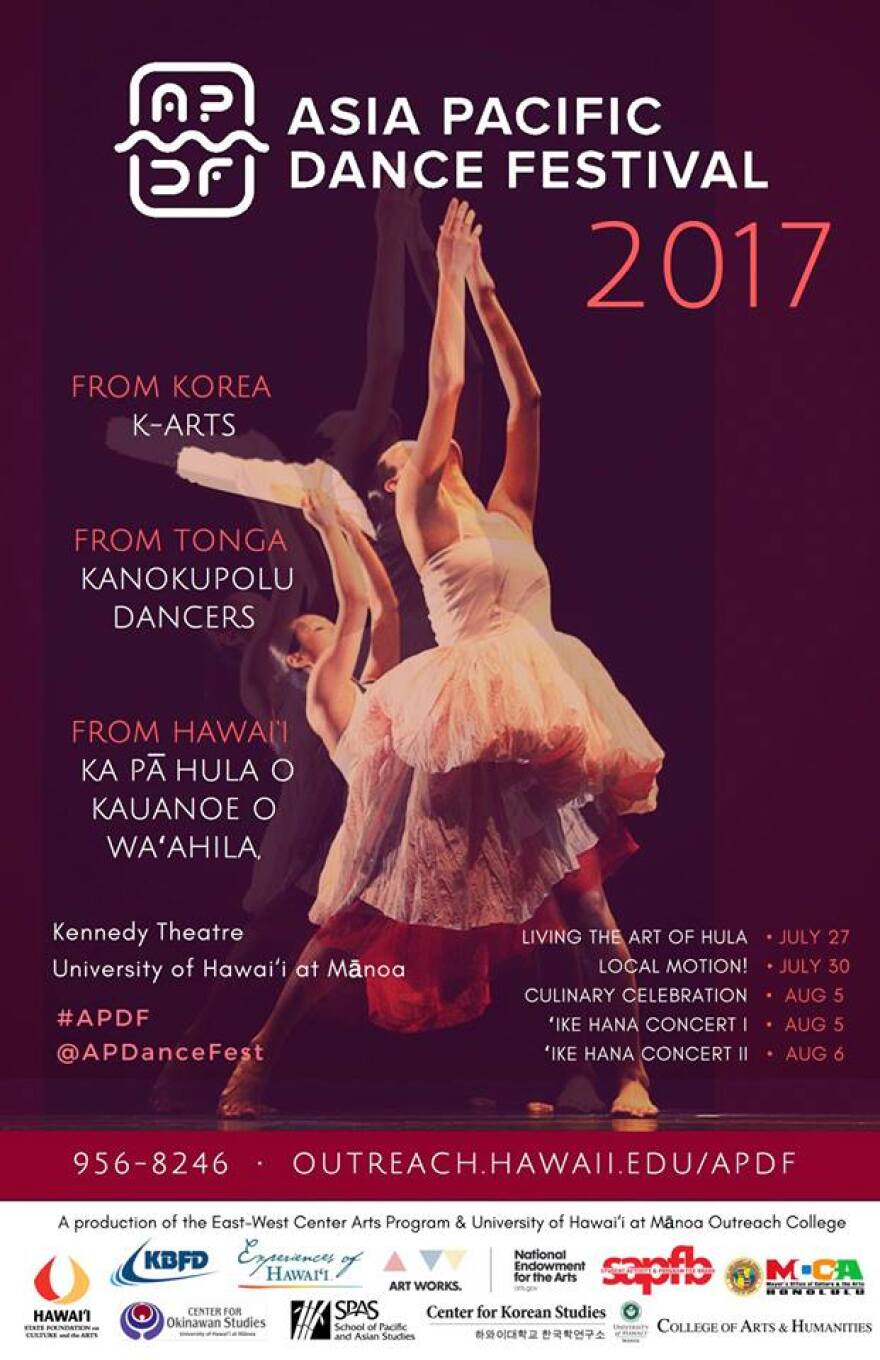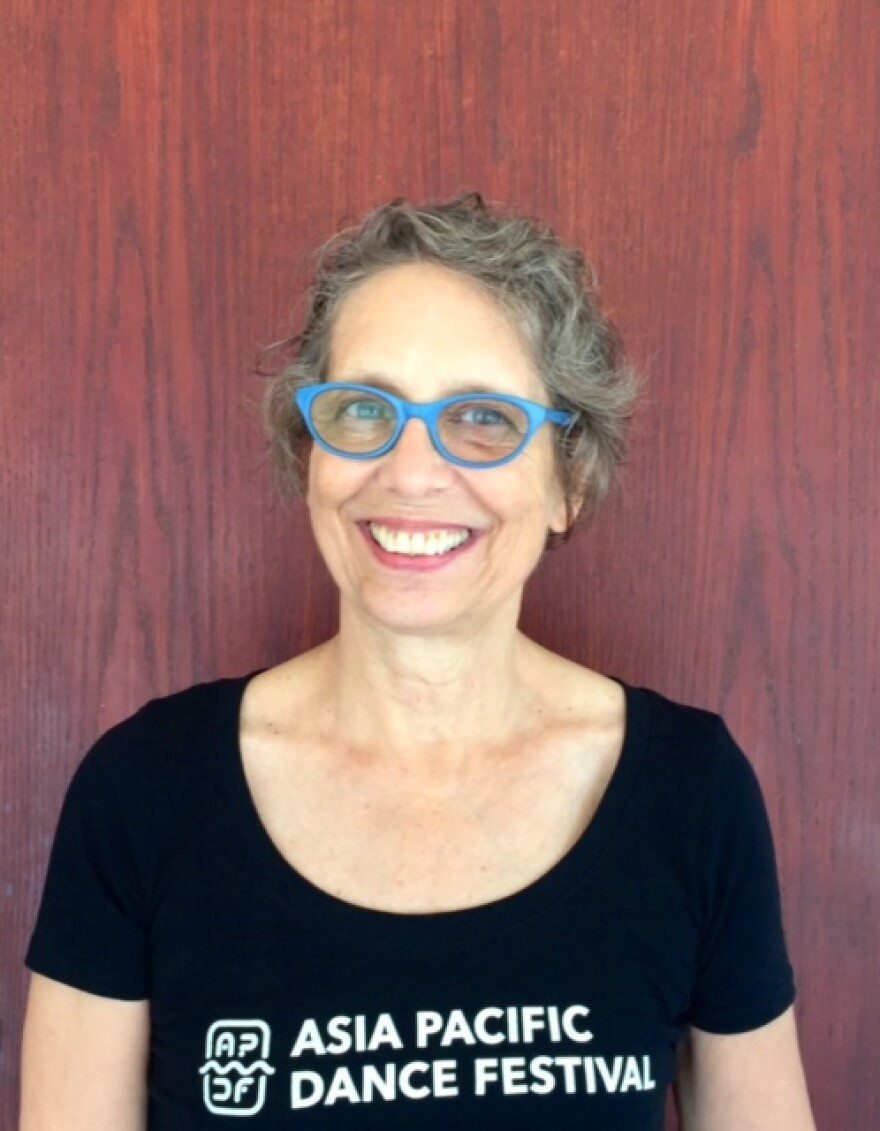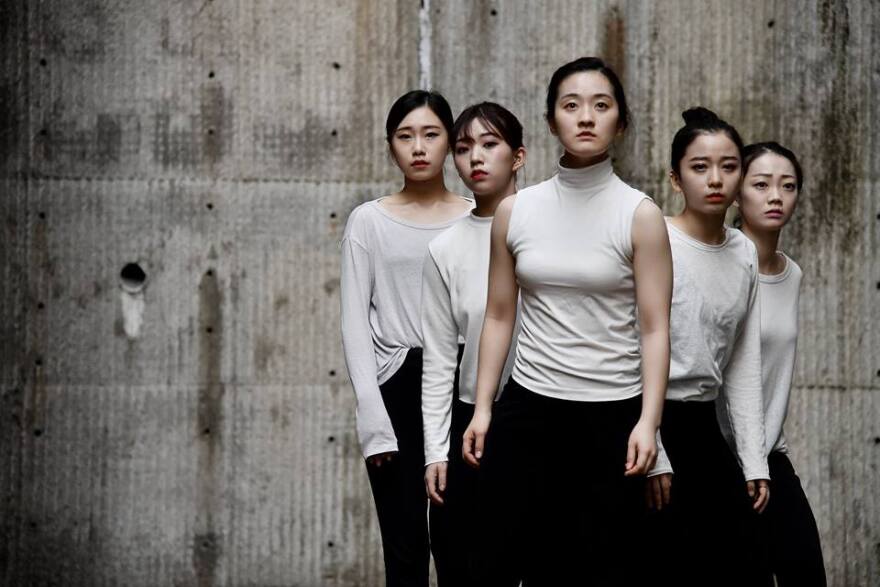Dance is amazingly different across cultures, and social scientists say a culture’s beliefs and values are expressed in dance. The 2017 Asia Pacific Dance Festival at UH M?noa is an opportunity to enjoy the people and dances of Hawai‘i, Korea, and Tonga, and, for the first time, Hawai‘i chefs will add to the cross cultural appreciation. HPR’s Noe Tanigawa reports.

Asia Pacific Dance Festival events begin this Thursday and run through August 6. The new Culinary Celebration August 5th features chefs Lee Anne Wong, Mark Noguchi and others with flavorful ways to connect across cultures. Here's the Asia Pacific Dance Festival Critic's Workshop.

Here's the APDF schedule.
Sal Murgiyanto started as a Javanese dancer and choreographer, then scholar, promoter and dance critic. He says his ancestors performed dance to communicate with gods, nature, other people and their own inner selves. Dance was more like therapy.
Murgiyanto: In many Asian countries, the way they perform, the way people enjoy performances is different. In the beginning, our ancestors performed dance to communicate first with god, with nature, with other people and with the inner self. At that time, dance functioned like therapy.
Murgiyanto: The esthetic of Javanese dance is, you have to be relaxed. Because sometime s in their lives, people get stressful. So what’s a good dance? A performance that can bring you to a relaxation, because dancing is like a part of meditation. So when in your life you have a problem and you feel distress, when you see dancing you can feel relaxed. And

relaxation is very important in Javanese life. So dance is connected with feeling and experience, but when the culture developed and dance becoming more a theatrical performance, the feeling and experience here is more important. But in the theatrical performance, the shape and form is more important.
Murgiyanto: Many extraordinary performers has to do with their complete presence in the action that they are doing in that moment. Also their sense of its value, that they know it has meaning for them. It often in the West, combines with a technical proficiency. So we might not be so interested in Baryshnikov if his pirouettes were not so extraordinary. There’s a quality of sparkling, there’s a quality of precision and strength and physical facility.
Former dancer, choreographer, and dance critic Lisa Kraus says technical proficiency does move Western audiences.

Kraus: There was a moment in the development of American contemporary dance, where it was actually influenced by Zen, and what Sal was saying about an Eastern view of accommodating everything, accommodating, seeing the leaf blower as part of your environment. Likewise in that moment in contemporary American dance, people said, What about pedestrian movement? What about just how we relate to gravity and only unpacking that? What about the way one joint can move and another joint can add on? So in a way, letting go of a lot of earlier conventions.

Murgiyanto: I saw Lin Hwai Min’s choreography. It was very interesting. Because he knows the Western conventions that you have to put into theatrical performances, but he did not forget the quality of the movement. So he trained his dancers in Martha Graham technique, modern dance, but also ballet technique, but also chi gung, tai chi, meditation, yoga and so forth. They combine all together, so he told me, my dance is spatial. He can perform in the East, he can perform in the West, but Western dancers who only train in ballet and modern dance, they cannot do like my dancers. My dancers should be able to join any school in the wide world, they have something plus, because they know their own traditions.
Murgiyanto: I taught for 18 years in Taiwan. A lot of students, their question is, Who am I? I would like to know about my own tradition. I perform as a great dancer with Cloud Gate, but they say, show me your own dance, you’re Taiwanese. And they start something, and it’s Martha Graham, that’s not your dance. That’s modern dance. And they see ballet, classical ballet, that’s ballet, that’s Western dance. Show me your dance! When they show the Chinese dance, this is Chinese, not Taiwanese. Then they try to understand themselves how different Taiwan is from China, for instance, because Taiwan accepts more than Chinese there. That’s why Lin Hwai Min tries to expose his own movement language, bringing the modern Martha Graham technique, classical ballet technique, but also Chinese opera, chi gung, also tai chi and put them together to become a language onstage.

Kraus: This reminds me of an experience when I was in Bali a long time ago. in a traditional village gathering place, there was a celebration and some of the people who performed were young people who were adopting some hip hop moves into their dance. I was shocked! I was outraged! I thought how could you do that!? And what the people told me was, if it works, it finds its way in to the culture. If it doesn’t work, it just rolls off our back, we just let it go, we don’t make a big deal out of it.
Kraus: I really admired that because it’s important that people can explore it’s important that people are able to try things, it’s important that people are open to the influences in the world. It’s not always going to “work”. It definitely won’t. My job is to stay open and ask, what is this person doing? What is the effect of the thing that they’re doing? And understand what’s my personal response to it, what’s the feeling in the room, how are people taking it, and what are the feelings you get about the aspects of how they’re performing that dance.

Murgiyanto: For me the most important thing in managing the art of performing arts, is quality. I told my students, I told young choreographers in Indonesia, creativity is good, but you must have a deep root in something. Maybe tradition, maybe Bali, maybe modern, so you’re not just trying something. And then you must bring quality, that the audience can enjoy, can understand what you are talking about.
What is quality in this context?
Murgiyanto: Meaning something you can learn. Because sometime entertainment, you enjoy physically but you don’t bring something home. But you read a good book or see a good performance, life is different. So there there is movement, slowly like that one, we never know.
Kraus: Being in the presence of a live artist is like nothing else! You understand in a way you will never understand from someone talking or looking at someone on TV.
Can’t I just get it all in a TED talk?
Kraus: You might get some interesting perceptions and understandings from a TED talk, but the quality of being in the presence of a live performer is like nothing else.
Murgiyanto: Doing and understanding are two different things. You understand about what is love, but you never practice love, it’s nothing. You have to do what you understand this world, and in turn, you’re using your body.
You’re telling us we have to dance!
Murgiyanto: Yes, that’s true.
2017 Asia Pacific Dance Festival
A new Culinary Celebration is planned for August 5, 5pm, on the lanai fronting Kennedy Theatre. Lee Anne Wong, Chef Owner, Koko Head Cafe and Sweet Catch Poke Bar NYC will do a Korean dish, Hide Sakurai, Chef Owner, Shokudo Japanese Restaurant & Bar, Búho Cocina y Cantina and BREAD & BUTTER will do a Japanese dish, Mark “Gooch” Noguchi, Chef/Owner, Pili Group will do a Hawaiian dish, Ray German, Formerly of Fish House FOUR SEASONS RESORT at Ko Olina will do a Tongan dish, and Samantha Cervonayco, Sous Chef, Artizen by MW is doing a contemporary dessert. The goal is really to engage all of your senses so you feel like you have time traveled to each of the cultures being represented. The chefs hope it takes the experience to new levels!
$52-$74 Options Available on Website // Week festival pass also available.
Tickets Available at http://www.eastwestcenter.org/events/asia-pacific-dance-festival or http://manoa.hawaii.edu/outreach/asiapacificdance/upcoming-events/





